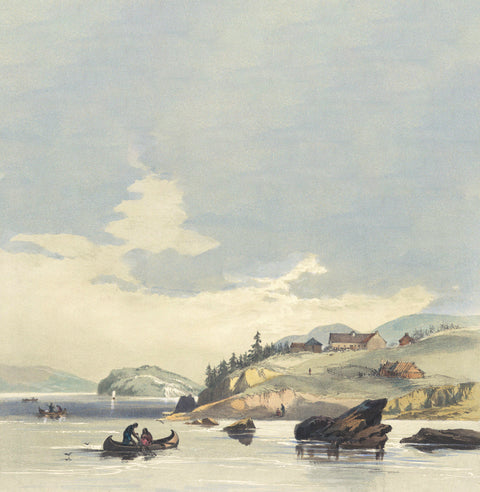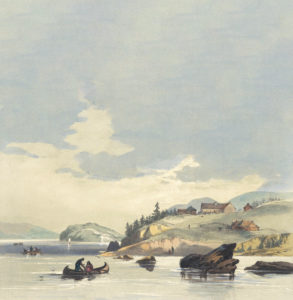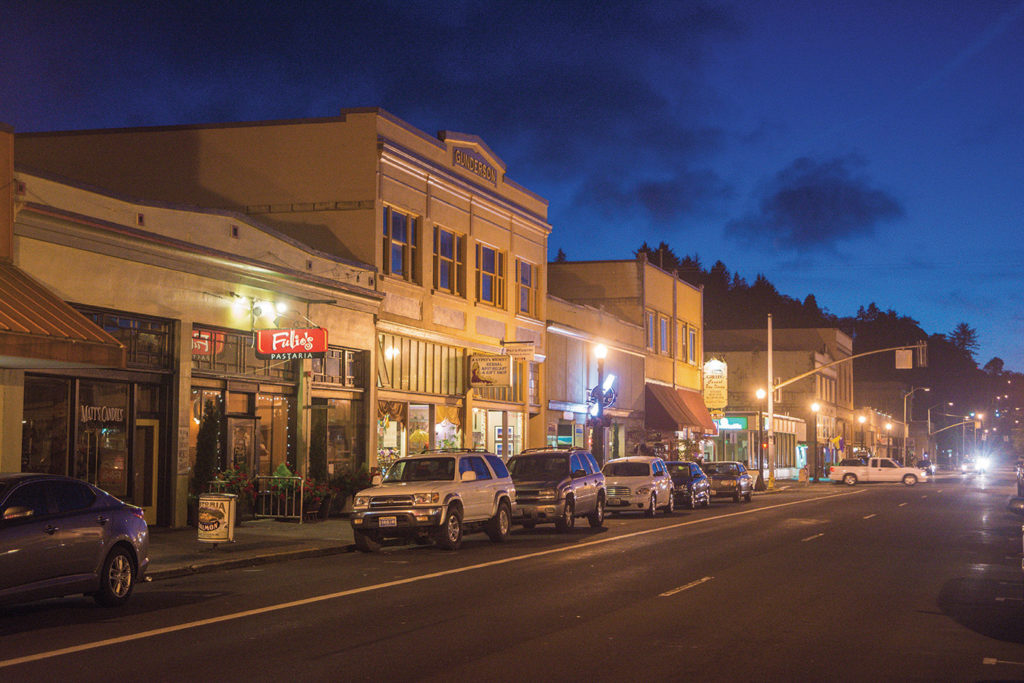
From Furs to Fun: Astoria, Oregon

Astoria, Oregon, spreads along the bank of the Columbia River, 10 miles upstream from the Pacific Ocean. Established in 1811 as an outpost of John Jacob Astor’s Pacific Fur Company, Astoria, named for the industrious German immigrant who had founded the enterprise, was the first American settlement west of the Rockies. When the fur trade’s luster faded, the town turned to lumbering, shipping, and fishing. Cannery and mill workers, sailors, and fishermen packed Astoria’s brothels and 57 saloons. Per capita, the city was “perhaps the most wicked place on earth,” wrote the Oregonian. A boom/bust pattern set in. World War II brought prosperity—and peril. One of the war’s few seaborne attacks on the Lower 48 came in June 1942 when the crew of Japanese submarine I-25 shelled nearby Fort Stevens. In the 1950s, Astorian Maila Nurmi won fame as TV horror flick hostess Vampira. Local inventor Eben H. Carruthers revolutionized fish canning in 1960 with a machine that sliced tuna into uniform shapes but by 1980 nearly all of Astoria’s canneries had closed. Today, tourism has brought new life to the waterfront. Visitors can stroll the 6.4-mile Riverwalk, sample the wares of micro-breweries and boutiques that occupy refurbished warehouses, and learn more about Astoria at the Columbia River Maritime Museum (crmm.org). —Richard J. Goodrich writes in Spokane, Washington


